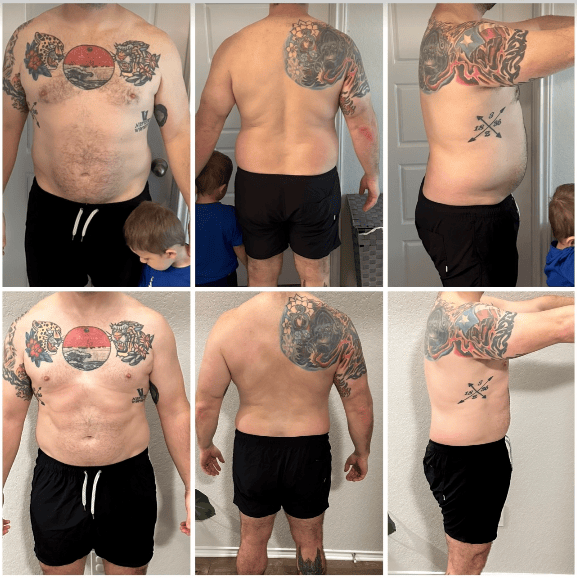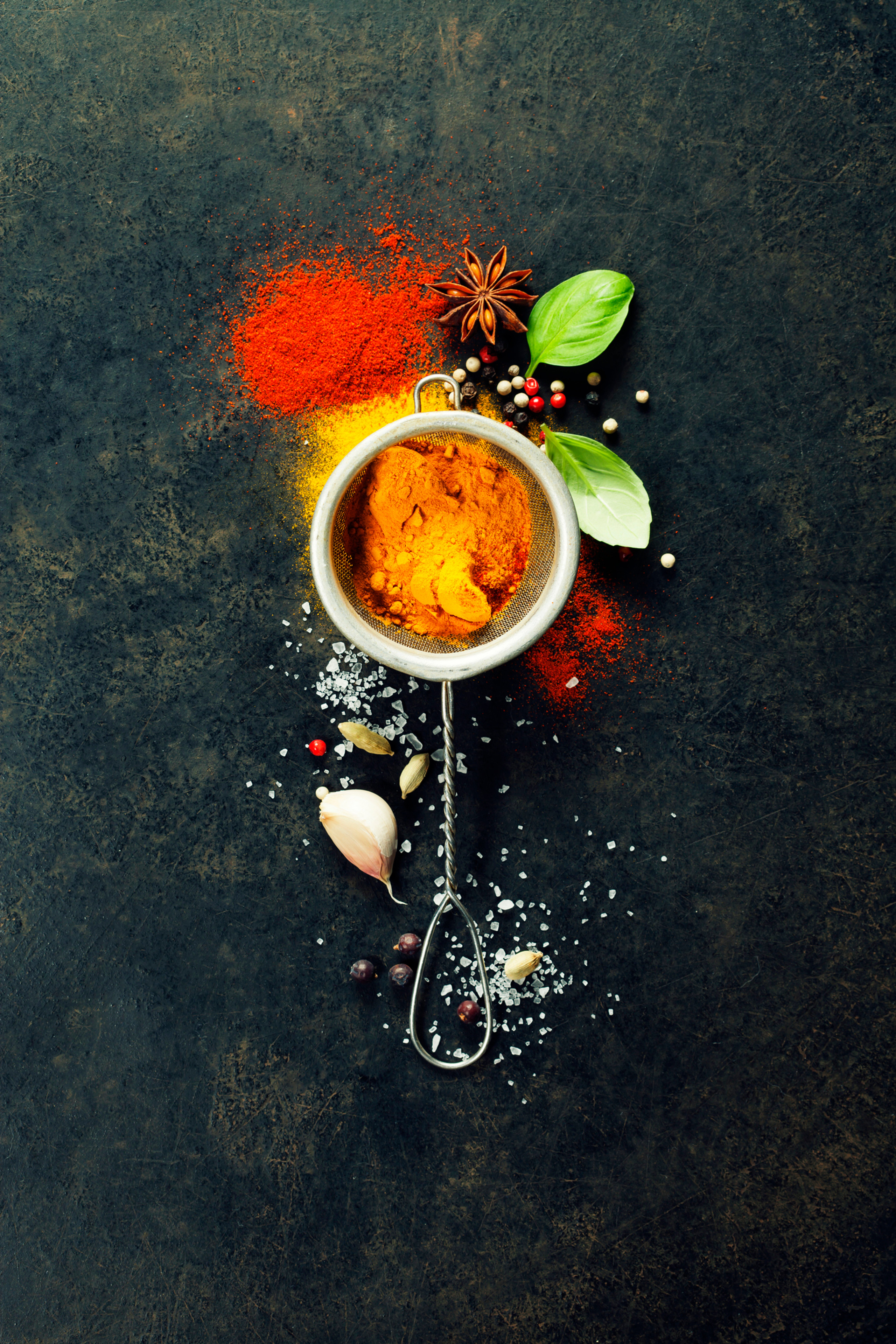Much like Dune, our love of spice has started wars and spices have even been used as currency at multiple time points in human history.
Spices have even been worth more than gold, and surprisingly some still are!
This is because without spice, food is bland…meh…vanilla…yet even Grade-A Madagascar Vanilla Bean can still cost over $200 a pound.
We know spices make food taste more delicious, but can they also independently increase our health?
There are quite a few studies showing that individual spices can acutely reduce inflammation [1-5], but the first more long-term study on spice consumption and inflammation was just published in the American Journal of Clinical Nutrition [6].
A very tightly controlled crossover designed study by Oh and colleagues [6] out of Penn State University found that four weeks of a moderate amount of a blend of common spices was able to significantly lower inflammatory markers.
Below is the author’s summary statement.
“Incorporation of a moderate dosage of spices into an average American diet for 4 weeks may reduce inflammatory cytokines and alter monocyte function, which may confer an atheroprotective effect.”
This was really well done study and the goal was to solely investigate the potential effect of spice consumption on inflammatory markers. To control for other variables, the researchers made sure that these participants did not gain or lose any weight and all food was provided for the duration of the study! I.e. pretty much the only difference here was the amount of spice.
This is a big deal because chronic inflammation increases how fast we age, as well as our risk of high blood pressure, type II diabetes, cardiovascular disease, muscle and bone loss, and all kinds of other NOT awesome stuff and just by adding spices to our food we may potentially be able to lower inflammation [7-10]!
It’s well known that for those living with overweight or obesity, weight loss and physical activity can significantly lower chronic inflammation [11-14], but why not make our diets more delicious and potentially increase the anti-inflammatory effect by including moderate amounts of spice?!?
Sounds like a Win-Win to me!
A note from Mario on our spices…
At My Fit Foods, we exclusively use Savory Spice.
Savory Spice was created by a husband and wife duo out of Colorado. They grind their spices fresh weekly and their sourcing is impeccable. I’ve tried loads of different spice companies and let me tell you the difference between our spices and the generic is mind-blowing taste-bud shattering…and that is why we pay more for the good stuff because you are worth it and it is our mission to make healthy food taste AMAZING!
#GIVEAFIT

REFERENCES:
1. Oh, E.S., et al., Spices in a High-Saturated-Fat, High-Carbohydrate Meal Reduce Postprandial Proinflammatory Cytokine Secretion in Men with Overweight or Obesity: A 3-Period, Crossover, Randomized Controlled Trial. J Nutr, 2020. 150(6): p. 1600-1609.
2. Kunnumakkara, A.B., et al., Chronic diseases, inflammation, and spices: how are they linked? J Transl Med, 2018. 16(1): p. 14.
3. Arablou, T., et al., The effect of ginger consumption on glycemic status, lipid profile and some inflammatory markers in patients with type 2 diabetes mellitus. Int J Food Sci Nutr, 2014. 65(4): p. 515-20.
4. Ganjali, S., et al., Investigation of the effects of curcumin on serum cytokines in obese individuals: a randomized controlled trial. ScientificWorldJournal, 2014. 2014: p. 898361.
5. Srinivasan, K., Dietary spices as beneficial modulators of lipid profile in conditions of metabolic disorders and diseases. Food Funct, 2013. 4(4): p. 503-21.
6. Oh, E.S., et al., Four weeks of spice consumption lowers plasma proinflammatory cytokines and alters the function of monocytes in adults at risk of cardiometabolic disease: secondary outcome analysis in a 3-period, randomized, crossover, controlled feeding trial. The American Journal of Clinical Nutrition, 2022. 115(1): p. 61-72.
7. Furman, D., et al., Chronic inflammation in the etiology of disease across the life span. Nat Med, 2019. 25(12): p. 1822-1832.
8. Franceschi, C. and J. Campisi, Chronic inflammation (inflammaging) and its potential contribution to age-associated diseases. J Gerontol A Biol Sci Med Sci, 2014. 69 Suppl 1: p. S4-9.
9. Ferrucci, L. and E. Fabbri, Inflammageing: chronic inflammation in ageing, cardiovascular disease, and frailty. Nat Rev Cardiol, 2018. 15(9): p. 505-522.
10. Chung, H.Y., et al., Redefining Chronic Inflammation in Aging and Age-Related Diseases: Proposal of the Senoinflammation Concept. Aging Dis, 2019. 10(2): p. 367-382.
11. Gonzalo-Encabo, P., et al., The Role of Exercise Training on Low-Grade Systemic Inflammation in Adults with Overweight and Obesity: A Systematic Review. Int J Environ Res Public Health, 2021. 18(24).
12. Khalafi, M., M.E. Symonds, and A. Akbari, The impact of exercise training versus caloric restriction on inflammation markers: a systemic review and meta-analysis. Crit Rev Food Sci Nutr, 2021: p. 1-16.
13. Steckhan, N., et al., Effects of different dietary approaches on inflammatory markers in patients with metabolic syndrome: A systematic review and meta-analysis. Nutrition, 2016. 32(3): p. 338-48.
14. Beigrezaei, S., et al., The addition of exercise to a weight loss diet on inflammatory markers: a systematic review and Meta-analysis of controlled clinical trials. Crit Rev Food Sci Nutr, 2021: p. 1-13.
About Author: Mario Mendias





